by Michael Lind
 Michael Desch offers an illuminating survey of the century-long relationship between practitioners of U.S. foreign policy and the professors who study it.
Michael Desch offers an illuminating survey of the century-long relationship between practitioners of U.S. foreign policy and the professors who study it.
Michael C. Desch, Cult of the Irrelevant: The Waning Influence of Social Science on National Security (Princeton: Princeton University Press, 2019), 351 pp., $35.00.
IN APRIL 2008, Robert M. Gates, secretary of defense in the George W. Bush administration, asserted that the national security community “must once again embrace eggheads and ideas.” Why this hope, often expressed before, was likely to be disappointed again is the subject of Michael Desch’s illuminating survey of the century-long relationship between practitioners of U.S. foreign policy and the professors who study it.
Desch, a professor of international relations at Notre Dame and founding director of the Notre Dame International Security Center, explains that “from the beginning of the twentieth century, there has been a tension between the two objectives of the evolving research university system. Science and practical application were in tension generally, but the social sciences experienced it particularly acutely.” In relating the history of debates about the interaction between the making and the study of foreign policy, Desch narrates the larger story of American political science, whose birth as an independent scholarly discipline can be dated to the founding of the American Political Science Association (APSA) in 1904. Desch observes that a majority of the early members of the APSA were not academics and that its early presidents like Frank Goodnow and Woodrow Wilson were progressives committed to using social science to promote social reform. But public-spirited scholars like Charles Beard, president of the APSA in 1926, were already losing out by the 1920s to the likes of University of Chicago’s William Fielding Ogburn, who opined that the scholar had “to give up social action and dedicated [himself] to science.”

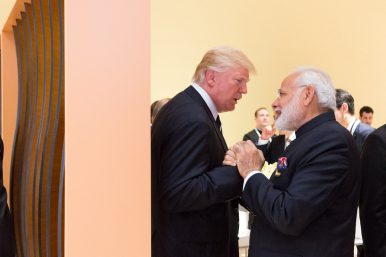 Ahead of the Modi-Trump meeting at the G-20 and Pompeo’s visit to India, a serious task is set out for New Delhi.
Ahead of the Modi-Trump meeting at the G-20 and Pompeo’s visit to India, a serious task is set out for New Delhi.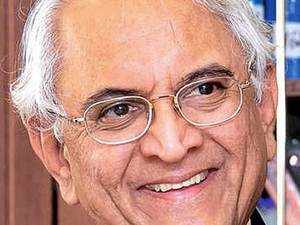

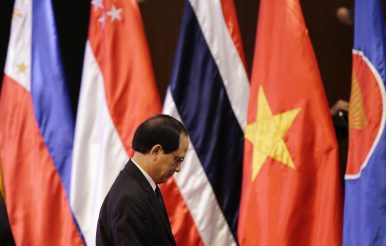






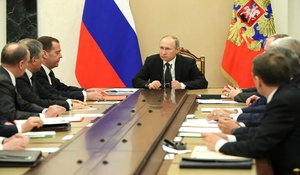

/arc-anglerfish-arc2-prod-mco.s3.amazonaws.com/public/OWTGM5CA6JBALAXYWEOQXN25SI.jpg)








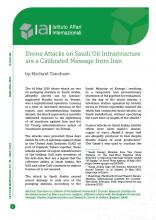
/arc-anglerfish-arc2-prod-mco.s3.amazonaws.com/public/OH42WCQUFRHTNC5F4JIVKROQBA.jpg)

/arc-anglerfish-arc2-prod-mco.s3.amazonaws.com/public/NLIWFNCXIJH53FMBNOAZ4MKWCY.jpg)